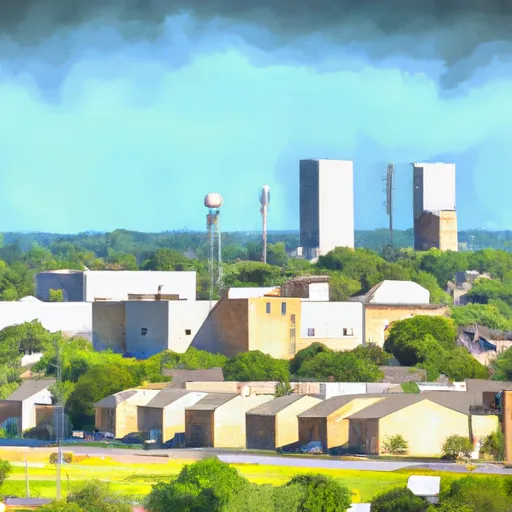°F
°F
mph
Windspeed
%
Humidity











Notrees, Texas is a small unincorporated community located in western Ector County. The climate in Notrees is classified as semi-arid, with hot summers and mild winters. The area receives an average annual rainfall of around 14 inches. Hydrology constituents in Notrees consist of groundwater resources, with the region relying on aquifers for water supply.
As for outdoor recreation, Notrees offers several opportunities for nature enthusiasts. The nearby Monahans Sandhills State Park, located just 30 miles east of Notrees, provides opportunities for sandboarding, camping, hiking, and wildlife watching. The Odessa-Midland area, located within driving distance, also offers a range of outdoor activities including golfing, fishing, and boating in local lakes and reservoirs. Notrees provides a peaceful environment for those who enjoy exploring nature and participating in outdoor activities.
Weather Forecast
Notrees receives approximately 342mm of rain per year, with humidity levels near 79% and air temperatures averaging around 18°C. Notrees has a plant hardyness factor of 8, meaning plants and agriculture in this region tend to thrive here all year round.
Nearby Camping
| Camping Area | Reservations | Toilets | Showers |
|---|---|---|---|
| Chamber of Commerce Park - Andrews | |||
| Seminole City Park | |||
| Goldsmith City Park | |||
| Monahans Sandhills State Park | |||
| Florey City Park | |||
| Municipal Trailer Park - Andrews |



